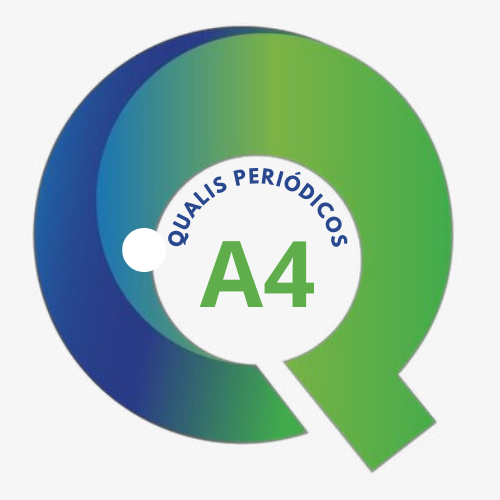Submissions
Submission Preparation Checklist
All submissions must meet the following requirements.
- The contribution is original, unpublished and is not under evaluation for publication in another journal;
- First author has at least a Master’s degree;
- A blind version of the article (without authorship and funder data) and a full version inserted in the system, both with figures and tables in the body of the text;
- The text follows the style standards and bibliographic requirements described in Guidelines for Authors;
- The information of all authors entered into the system (full name, email, institution/affiliation and Orcid);
- The submission file is in .doc/.docx format;
- All authors who participated in the elaboration of the article, as well as their respective information, were entered in the SiD system (insertions of new authors are not accepted after article submission).
- It was given priority to the use of indexed journal articles in the references, as well as included the DOI of these articles;
- A complementary file was sent with the suggestion of 3 specialists (with full names and e-mail);
- I attest that the article does not contain PLAGIARISM (there will be a desk-rejection if identified);
Artigos
Política padrão de seção
Copyright Notice
The submission of original scientific work(s) by the authors, as holders of the copyright of the text(s) sent to the journal, under the terms of Law 9,610/98, implies in the assignment of copyright of a printed and/or digital publication to Sustainability in Debate Journal of the article(s) approved for the purposes of publication, in a single issue of the Journal, also authorizing that the( s) approved scientific work(s) is (are) disclosed free of charge , without any type of reimbursement under copyright, through the Journal's website, for reading, printing and/ or download the text file from the date of acceptance for publication purposes. Therefore, the authors, when submitting the article(s) to the Journal, and, therefore, the free assignment of copyright related to the scientific work submitted, are fully aware that they will not be remunerated for the publication of the article(s) in the journal.
The Journal is licensed under a Creative Commons Attribution-Non-Commercial-No Derivatives License (Prohibition of Making Derivative Works) 3.0 Brazil, for the purpose of disseminating scientific knowledge, as indicated on the publication's website, which allows text sharing and acknowledgment of their original authorship and publication in this journal.
Authors are allowed to enter additional contracts separately, for non-exclusive distribution of works published in the Sustainability in Debate Journal (for example, in a book chapter), if it is noted that the texts were originally published in this journal and that it is mentioned the corresponding DOI. Authors are allowed and encouraged to publish and distribute their text online, after publication (for example, in institutional repositories or on their personal pages). The authors expressly declare that they agree with the terms of this Declaration of Copyright, which will apply to the submission if it is published by this Journal.
Privacy Statement
The names and addresses informed to the journal Sustentabilidade em Debate will be used exclusively for the services provided by this publication and will not be made available for other purposes or to third parties.








